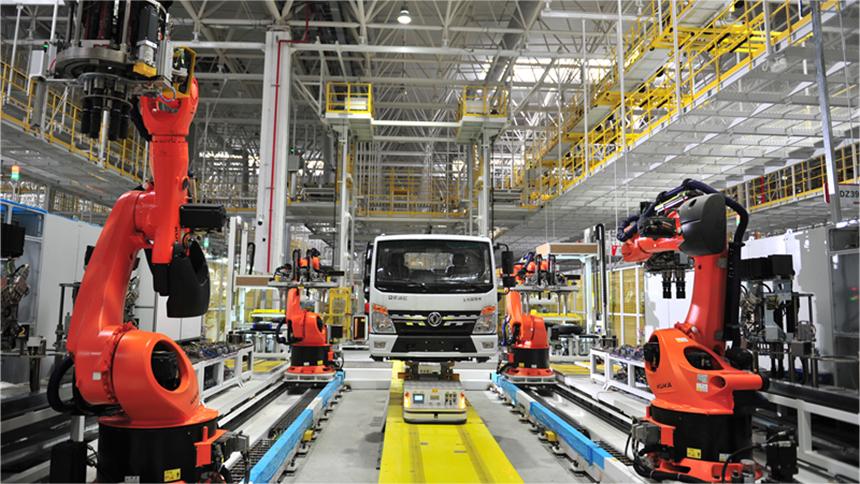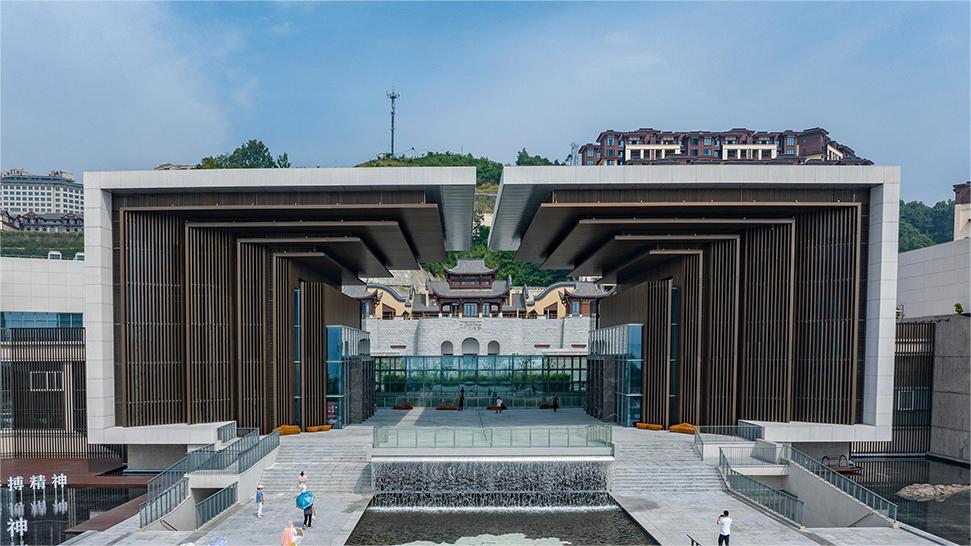China, Central Asian countries join hands to seek common development
A signing ceremony of an intergovernmental agreement on the China-Kyrgyzstan-Uzbekistan railway project was held in Beijing on June 6. Chinese President Xi Jinping, Kyrgyz President Sadyr Japarov and Uzbek President Shavkat Mirziyoyev congratulated the signing of the agreement via video link.
Xi said the signing of the intergovernmental agreement will provide a solid legal basis for the construction of the project, marking the transition of the railway from a vision into a reality, and demonstrating to the world the firm determination of the three countries to promote cooperation and seek development together.
The China-Kyrgyzstan-Uzbekistan railway is a strategic project of connectivity between China and Central Asia, and a landmark project of the three countries' cooperation efforts under the Belt and Road Initiative.
It was originally proposed back in 1996 by Uzbekistan. In the past nearly three decades, the three countries held multiple rounds of negotiations and discussions on the project. The feasibility study of the project was completed in May 2023, which put the implementation of the project on a fast track.
The signing of the trilateral intergovernmental agreement was a remarkable phased achievement of the project.
Japarov said the railway is a flagship project of the three countries in jointly building the Belt and Road Initiative (BRI). Once completed, it will become a new transport route linking Asia to Europe and the Persian Gulf countries, which is of great significance to promoting connectivity and strengthening economic and trade exchanges among the countries along the route and in the region as a whole.
Mirziyoyev said the railway will become the shortest land route connecting China and Central Asian countries, and open up the big markets in South Asian and Middle East countries. This will help further expand regional countries' cooperation with China and deepen friendly ties among the countries, which serves the long-term interests of all the countries, Mirziyoyev added.
The signing of the trilateral intergovernmental agreement on the China-Kyrgyzstan-Uzbekistan railway project demonstrates that China and Central Asian countries are fastening their steps of high-quality Belt and Road cooperation.
It was in Central Asia that the BRI was first announced. Central Asia is a demonstration zone of high-quality Belt and Road cooperation. China has signed Belt and Road cooperation documents with all five countries in the region.
The Horgos International Border Cooperation Center on the China-Kazakhstan border in Horgos, northwest China's Xinjiang Uygur autonomous region, opened the gateway to the Pacific for Central Asian countries.
The Qamchiq Tunnel on the Angren-Pap railway line, the longest tunnel in Central Asia, holed through by a Chinese company, local residents no longer had to travel up and down the mountains or go around them via neighboring countries.
The China-Kyrgyzstan-Uzbekistan Highway has officially opened, becoming an important transport artery that runs smoothly through the regions' mountainous terrain. Now, nearly 80 percent of the China-Europe Railway Express trains run through Central Asia, they are hailed as a "steel caravan" on the Eurasian continent.
China and Central Asian countries have reaped tangible and fruitful results in Belt and Road cooperation that benefited the region and its people in various ways.
At the first China-Central Asia Summit held in May last year, all parties highly praised the important significance of the BRI in leading international cooperation. They vowed to further align the BRI and the development strategies of the five Central Asian countries, and deepen pragmatic cooperation in various fields, so as to form a new pattern of cooperation characterized by a high level of complementarity and mutual benefit.
The accelerated high-quality Belt and Road cooperation between China and Central Asian countries fully demonstrates that BRI cooperation responds to the call of the times, benefits the peoples in participating countries, and enjoys popular support.
Since the BRI was proposed 10 years ago, China has signed over 200 Belt and Road cooperation documents with more than 150 countries and over 30 international organizations, making the initiative the world’s largest international cooperation platform that covers the widest range of cooperation.
The BRI not only brings tangible benefits to countries involved but also contributes actively to promoting healthy development of economic globalization, addressing global development challenges, and improving the global governance system.
Belt and Road cooperation promotes connectivity, mutual benefit, common development, cooperation and win-win outcomes. It represents the advancing of the times, and it is the right path forward.
China hopes to work closely with all parties for the early completion of the China-Kyrgyzstan-Uzbekistan railway project at an early date and turbocharge the China-Central Asia cooperation.
China will continue to deepen its Belt and Road partnership with various parties, including Central Asian countries, and build more cooperation belts for high-quality development and more roads to happiness that benefit people's livelihoods, making unremitting efforts to contribute to the modernization of countries around the world.
Photos
Related Stories
- Interview: China's BRI a game changer of global trade, says Pakistani economist
- President hails signing of trilateral rail agreement
- "Iron messenger" Zhang Jianfeng: Let green manufacturing go global
- Interview: China brings tangible benefits to Small Island Developing States, says senior UN official
- China In Perspective: Chinese enterprises venturing abroad amid closer BRI cooperation
- Interview: BRI stabilizes China-Europe trade, transport, says rail CEO
- Global talents to showcase craftsmanship at skills competition in SW China
- BRI stabilizes China-Europe trade, transport, says rail CEO
- China-Europe freight train trips surpass 90,000, energizing high-quality BRI development
- Feature: Work on China's BRI-backed Mekong River bridge in NE Cambodia in full swing, with 51 pct completed
Copyright © 2024 People's Daily Online. All Rights Reserved.









